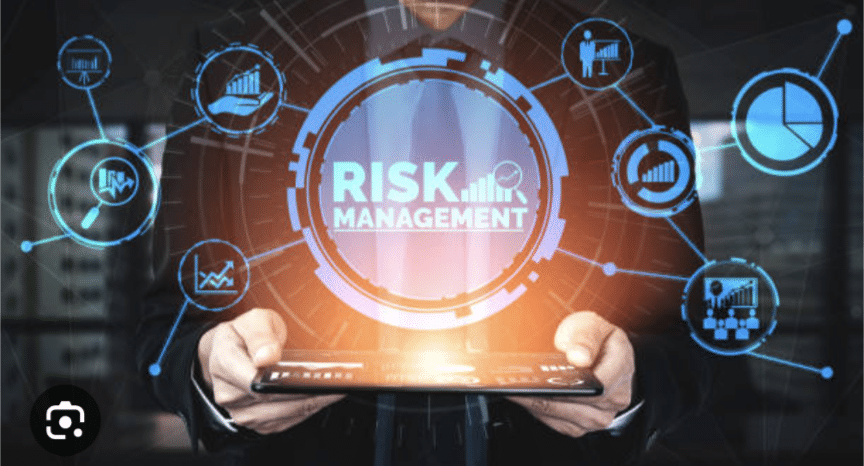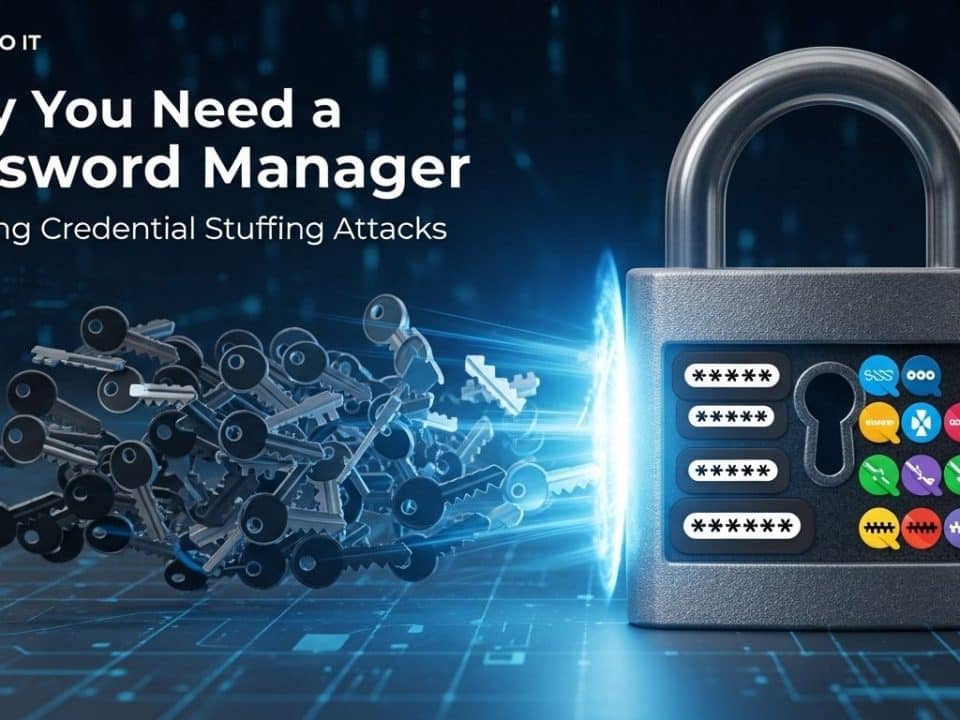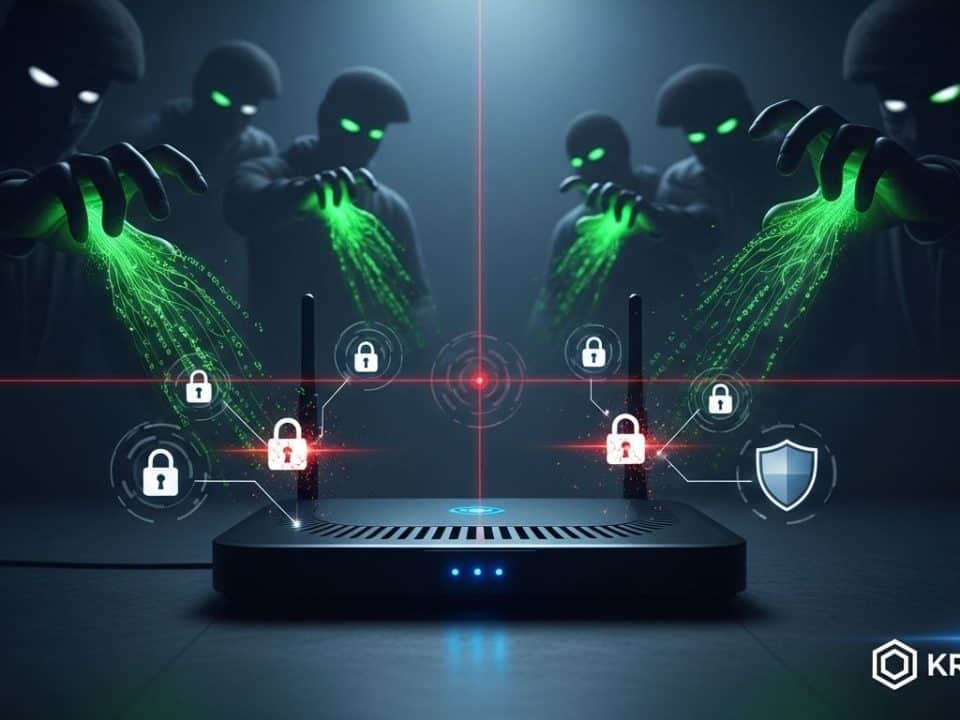
Holiday Cheer or Cyber Fear? Protecting Yourself from Festive Fraudsters
December 7, 2023
Don’t Let Your Identity Be Grinch-ed This Holiday Season: Essential Tips to Avoid Identity Theft
December 8, 2023While malicious hackers and sophisticated cyberattacks are major concerns, the greatest threat to an organization’s cybersecurity often comes from within – its own employees. Human risk management (HRM) is a proactive approach to identifying, analyzing, and mitigating the risks associated with human behavior in relation to an organization’s technology and data.
Why is human risk management so important?
- Humans are the weakest link: Studies have shown that over 90% of successful data breaches involve some form of human error. This could be anything from clicking on a malicious link in a phishing email to using weak passwords or failing to follow security protocols.
- The threat landscape is constantly evolving: Cybercriminals are becoming increasingly sophisticated in their tactics, making it more difficult for employees to identify and avoid threats.
- The cost of a data breach is high: The average cost of a data breach in the United States is now over $4.2 million. This includes the cost of legal fees, regulatory fines, and brand damage.
What are the key components of human risk management?
- Awareness and training: Employees need to be aware of the latest cyber threats and how to protect themselves. This can include regular security awareness training, phishing simulations, and educational campaigns.
- Policy and procedures: Organizations need to have clear policies and procedures in place that govern the use of technology and data. This includes things like password complexity requirements, access controls, and acceptable use policies.
- Technology: There are a number of technologies that can help to mitigate human risk, such as password managers, multi-factor authentication, and data loss prevention (DLP) tools.
- Continuous monitoring and improvement: Human risk management is an ongoing process. Organizations need to continuously monitor their security posture and identify areas where they can improve.
Benefits of effective human risk management
- Reduced risk of data breaches and cyberattacks
- Improved compliance with legal and regulatory requirements
- Increased employee productivity
- Enhanced brand reputation
How to get started with human risk management
- Conduct a risk assessment: Identify the areas where your organization is most vulnerable to human error.
- Develop a human risk management plan: This should include your goals, objectives, and strategies for mitigating risk.
- Implement awareness and training programs: Educate your employees about the latest cyber threats and how to protect themselves.
- Develop and enforce clear policies and procedures: Make sure your employees know what is expected of them.
- Invest in technology: There are a number of technologies that can help to mitigate human risk.
- Continuously monitor and improve: Regularly review your human risk management program and make changes as needed.
Human risk management is essential for any organization that wants to protect its data and systems from cyberattacks. By taking a proactive approach to mitigating human risk, organizations can significantly reduce their chances of falling victim to a data breach.
#humanriskmanagement #cybersecurity #phishingawareness #datasecurity #breachprevention #securityawareness #training #policy #procedures #technology #mitigation #continuousmonitoring #improvement #riskassessment #plan #awareness #education #compliance #productivity #brandreputation #starthere #cybersecuritytips #securityfirst




